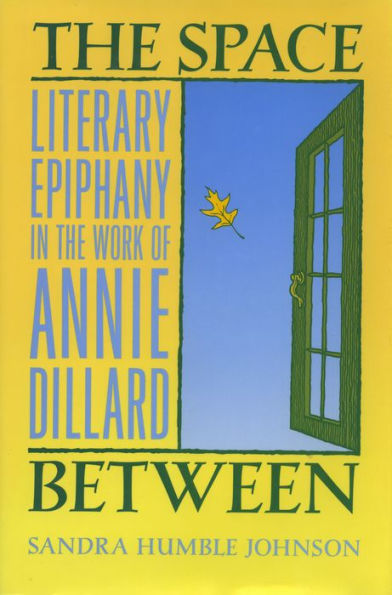Sandra Humble Johnson moves Dillard from the category of nature writer to the area of aesthetics as she examines the importance of literary epiphany—a distinctive type of “illumination”—to her work. She then explores how Dillard, through her own peculiar use of language, describes and creates these moments of illumination, or “dots” of self, for the reader.
Johnson also reveals Dillard’s relationship with other writers who practiced this same literary device: William Wordsworth in his “spots of time,” T.S. Eliot and his “still points,” and Gerard Manley Hopkins through his “inscape.” In addition, Johnson shows how the reader experiences a similar yet personal epiphany in sharing the writer’s moment of illumination and further interprets how Dillard’s absorption with pain, violence, and beauty is resolved in the nature of language itself.
Sandra Humble Johnson moves Dillard from the category of nature writer to the area of aesthetics as she examines the importance of literary epiphany—a distinctive type of “illumination”—to her work. She then explores how Dillard, through her own peculiar use of language, describes and creates these moments of illumination, or “dots” of self, for the reader.
Johnson also reveals Dillard’s relationship with other writers who practiced this same literary device: William Wordsworth in his “spots of time,” T.S. Eliot and his “still points,” and Gerard Manley Hopkins through his “inscape.” In addition, Johnson shows how the reader experiences a similar yet personal epiphany in sharing the writer’s moment of illumination and further interprets how Dillard’s absorption with pain, violence, and beauty is resolved in the nature of language itself.

The Space Between: Literary Epiphany in the Work of Annie Dillard
214
The Space Between: Literary Epiphany in the Work of Annie Dillard
214
Product Details
| ISBN-13: | 9781612770529 |
|---|---|
| Publisher: | Kent State University Press |
| Publication date: | 01/28/2011 |
| Sold by: | Barnes & Noble |
| Format: | eBook |
| Pages: | 214 |
| File size: | 605 KB |
